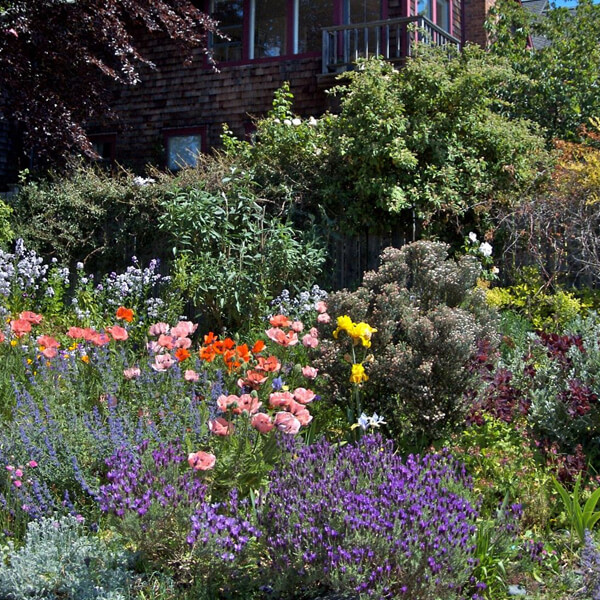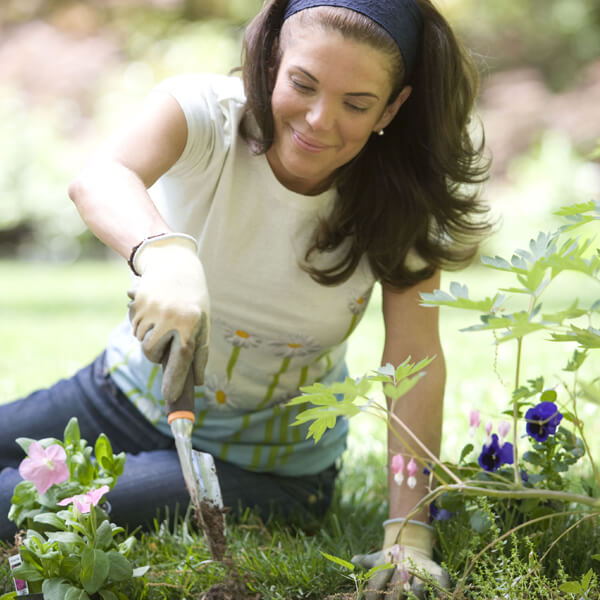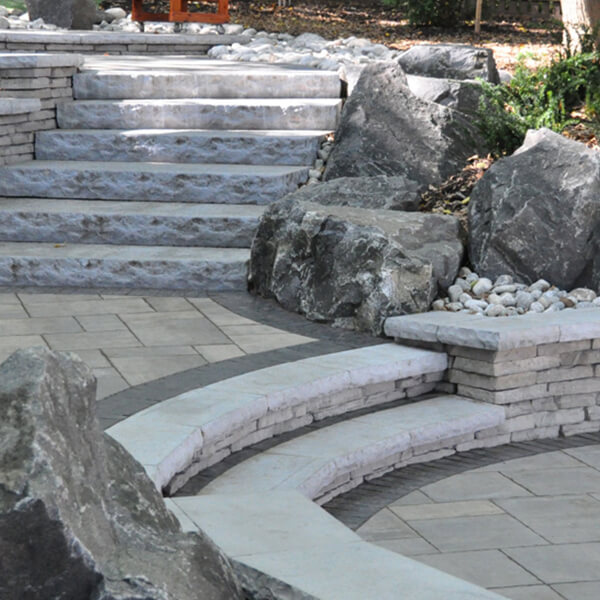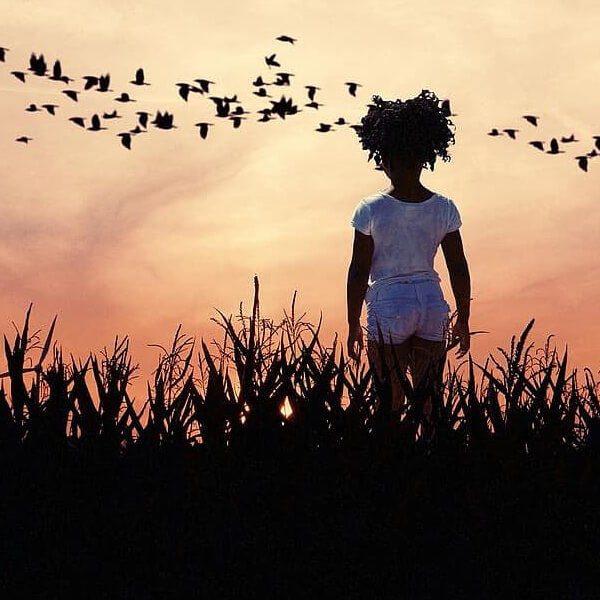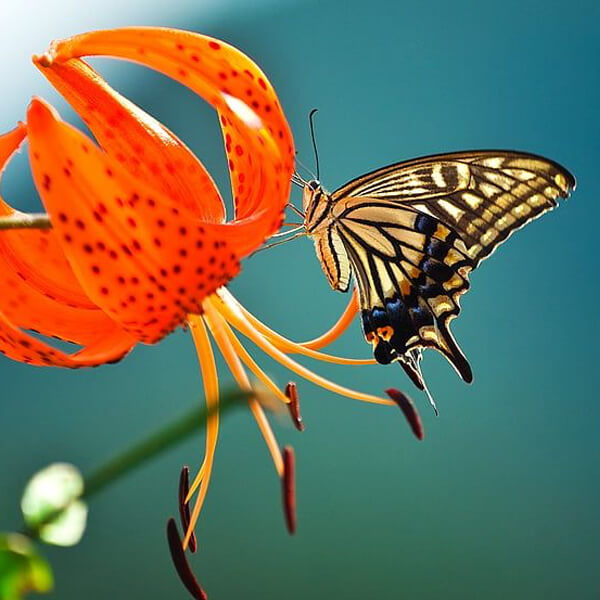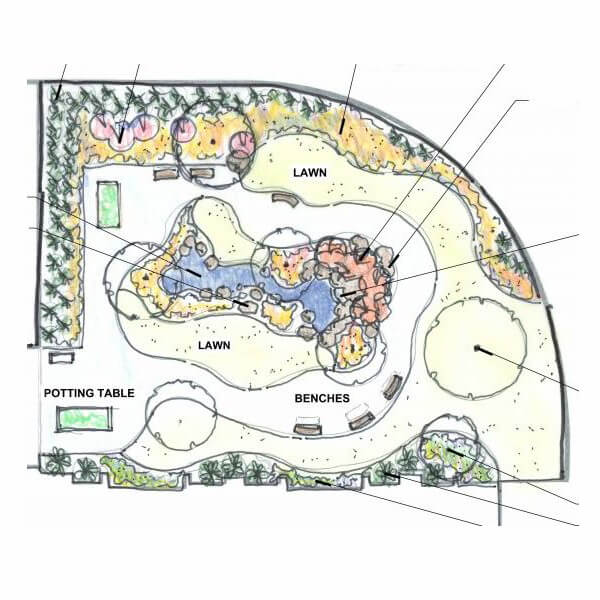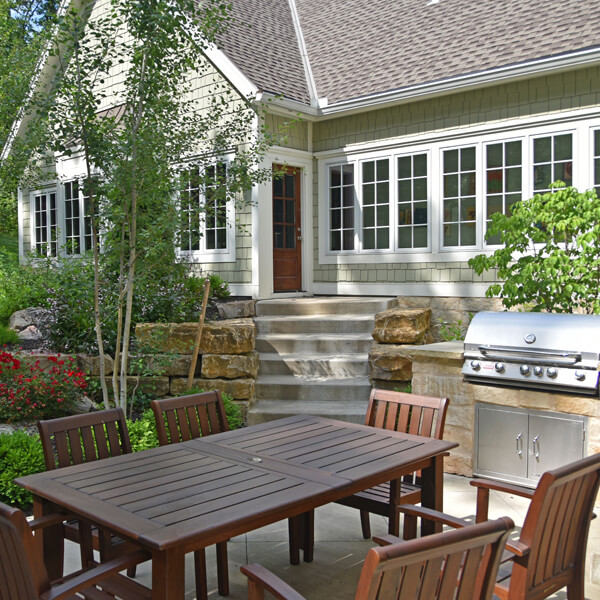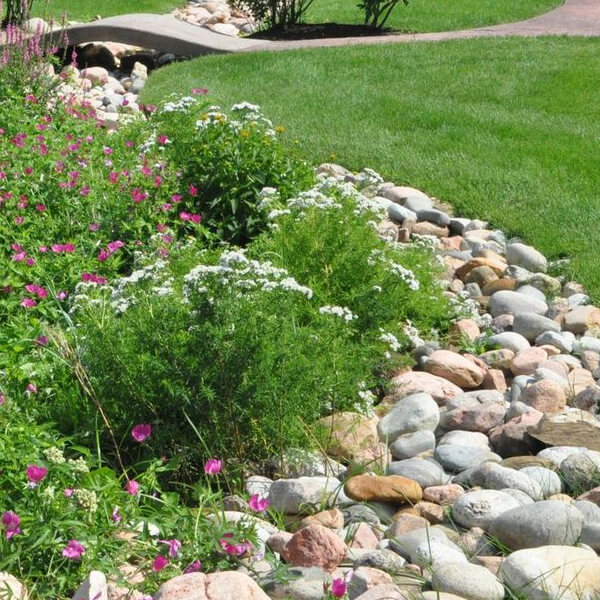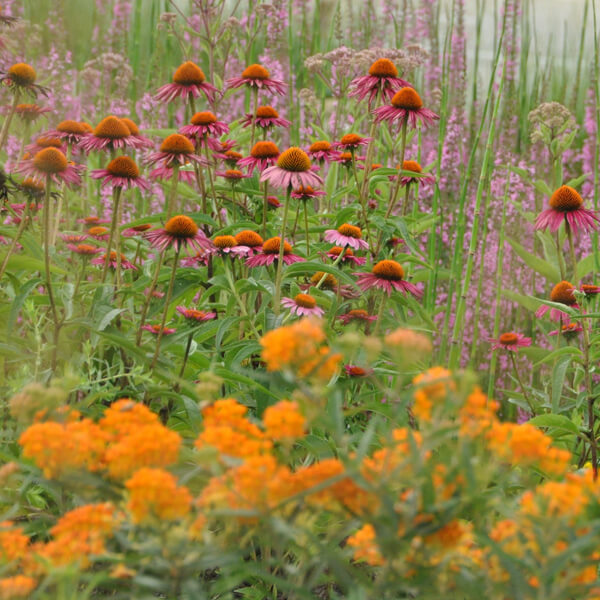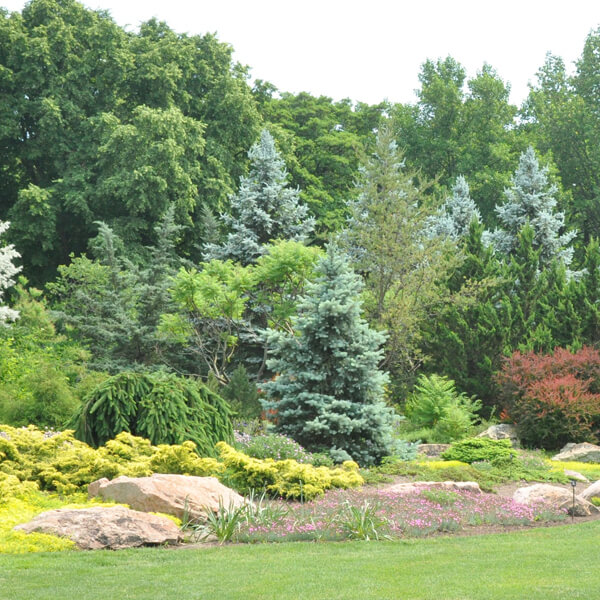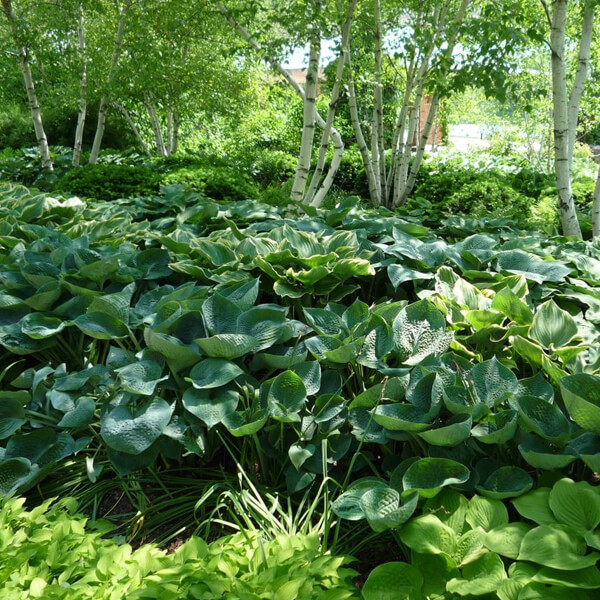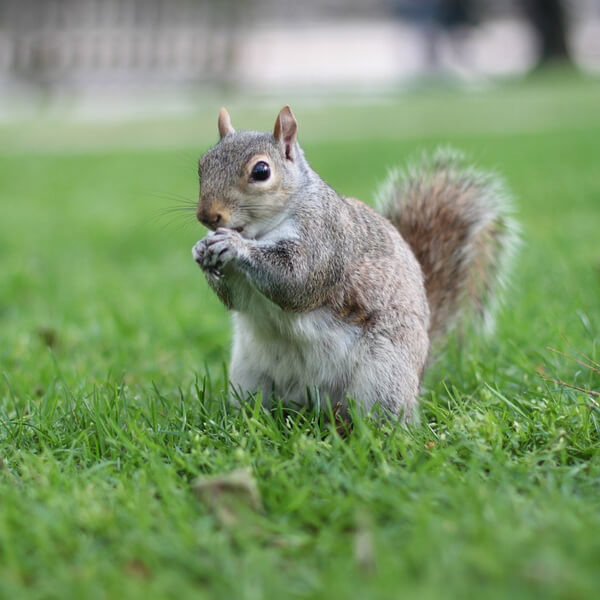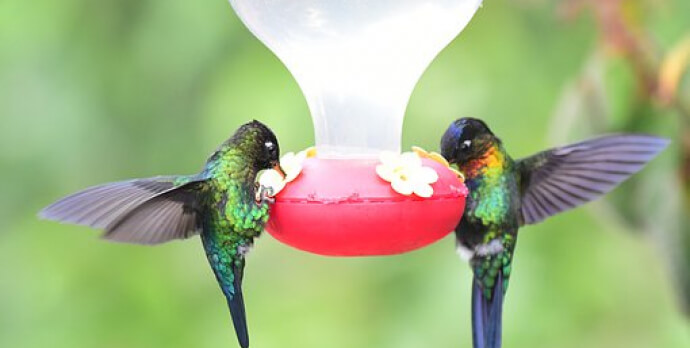
Birds of a Feather Aren't Flocking Together
I’ve been sitting at my desk this morning, supposedly writing this week’s blog about mulch. What I have really been doing however, is staring out the window watching the hummingbirds battle at the feeders. There are only two consistently here this week, which is sad. Normally, from early September through mid October, there are six or eight of the little bullies determined to dominate the feeders. It seems that things in the hummingbird world have changed.
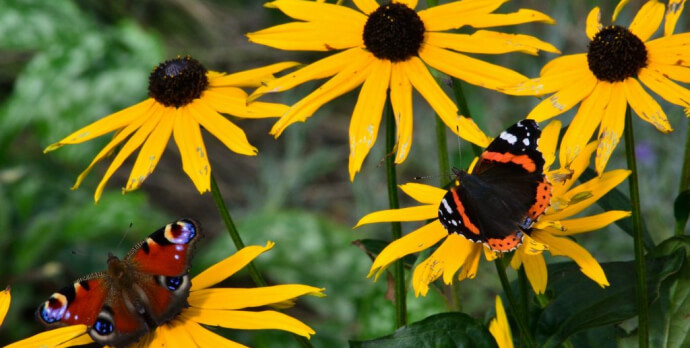
If Not Mums, Then What?
After last week's blog, a very good question came up. A client asked, "If I decide to become a native plant purist and avoid mums, then what should I plant instead?
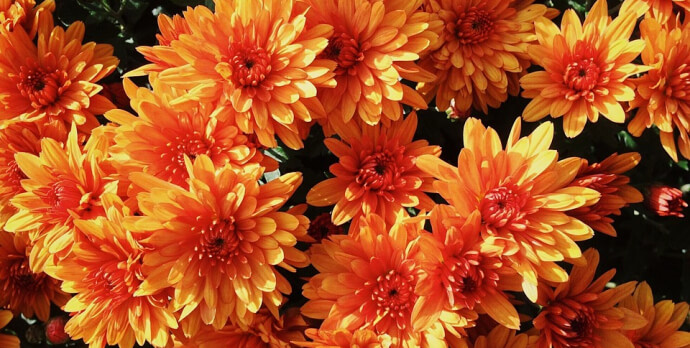
Do Mums Belong in a Pollinator Garden?
I popped into our local big box store yesterday to pick up a few bags of rock I needed to finish one of my backyard pathways. As I pulled into the parking lot, a huge sign greeted me, reminding me that planting fall blooming flowers helps keep our native pollinators fed. Since my garden is severely lacking in masses of blooms to feed my winged visitors right now, I decided to see what they had to offer.
At first glance, I was thrilled; the garden center was absolutely bursting with blooms — dozens of colors and shapes and varieties —of chrysanthemums. Benches and benches full of them – and very few other nectar rich choices for the mum-reluctant gardener.
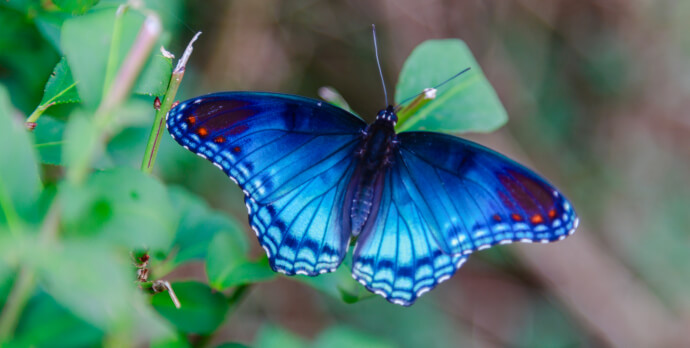
Patience is the Key to a Successful Butterfly Garden
One of my favorite things to do this summer is to quietly sit on my deck, watching dozens of butterflies floating through the yard enjoying the nectar buffet I’ve planted. This is the first year that I’ve had a steady stream of visitors and it feels like the time, effort and money I’ve put into the pollinator garden the last few years are finally paying off.
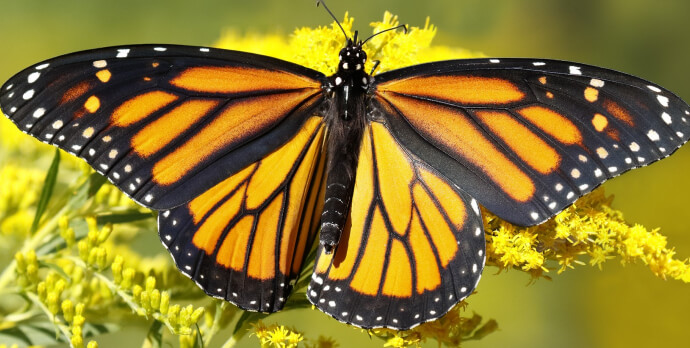
MONARCH BUTTERFLIES ARE FACING EXTINCTION
The International Union for Conservation of Nature (ICUN), has officially added the migratory monarch butterfly to its list of endangered species. Unless there are immediate, concerted efforts to restore its habitats and halt climate change, this beloved butterfly will become extinct. One subspecies, the western monarch, is at particular risk. In 2021, researchers determined that less than 2,000 of them exist.
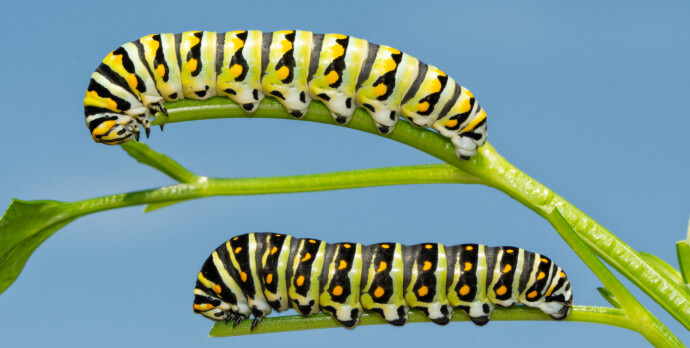
Caterpillars Are Coming!
One of my favorite sights of summer is watching butterflies as they make their way through my gardens, stopping here and there to nibble at the nectar buffet in front of them. It can be absolutely mesmerizing., but there is so much more to enjoy. To add to my delight, in just a little while another, a different butterfly show will begin here in central Missouri. Butterfly eggs will begin to hatch and caterpillars will start munching away at my plants.
.jpg)
Hummingbirds Retun
They’re back!
Despite bouts of unseasonably cold weather and the never-ending cold rain, my favorite feisty birds, hummingbirds, have returned to my yard. Right now, my garden is in an in-between time – early bloomers are finishing up and summer ones haven’t started – so the birds are hungrily hovering at the feeders. Soon, they will expect more substance to their diet; they will want to feast on a buffet of flowers.
.jpeg)
Selecting The Right Landscape Management Company
As soon as I hit the publish button last week I realized that I had forgotten one of my most important goals of the 2022 gardening season – to seek out companies that are working hard not only to beautify our environment, but also to protect it. I believe that Embassy Landscape Group, based out of Kansas City, Missouri exemplifies those qualities.
Categories
